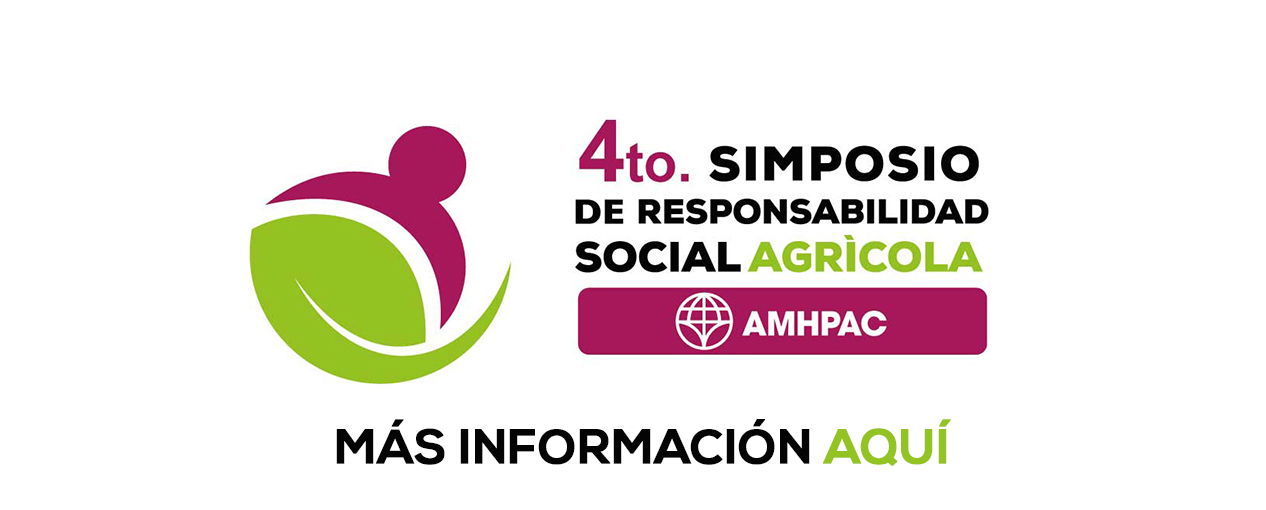Salad days in doubt as US-Mexico friction hits imports
Mexico has long been the fruit and vegetable garden of the US, producing almost half the amount consumed in America each year
Nikou Asgari in London and Jude Webber in Mexico City
Wall Street is fixated on Washington’s trade dispute with Beijing. But closer to home another skirmish could have a more immediate impact on the lives — and diets — of ordinary Americans.
Last week the US slapped fresh import tariffs on Mexico’s $2bn tomato industry after the two countries failed to reach a deal on trade. Meanwhile, producers of avocados, lemons, bananas and berries in the country say they are experiencing long delays on the border, after US government staff were moved from trade points of entry to roles focused on migrant control. Prices are rising, prompting some producers to consider bypassing the drama by routing shipments by sea.
“Every day more than $1bn of goods cross the border and 70 per cent is by land,” said Luz María de la Mora, Mexico’s undersecretary of foreign trade. “It’s obviously hurting our competitiveness ... and the most worrying thing is that we don’t know how much longer it will last.”
Mexico has long been the fruit and vegetable garden of the US, producing almost half the amount consumed in America each year, according to data from the US Department of Agriculture’s Economic Research Service. Fresh produce, which is difficult to stockpile because of its perishability, accounts for almost all of those imports. By value, 98 per cent of fresh limes, 99 per cent of fresh strawberries and 66 per cent of fresh bell peppers entering the US come from Mexico.
Tomatoes are the most obvious flashpoint. Facing pressure from the powerful Florida tomato industry and Republican politicians in the vital swing state, President Donald Trump’s government last week imposed duties of 17.5 per cent on imports of Mexican tomatoes and restarted a two decades-old investigation into anti-dumping.
Academics from Arizona State University have warned that tomato prices could jump 40 per cent, hitting US consumers just as they start planning July’s Independence Day celebrations. Mexican tomatoes, often used in sandwiches and salads, are the top US vegetable import from its neighbour.
By contrast, tomatoes grown in Florida are largely sold to manufacturers for processing in salsa and ketchup, or to be used in burgers.
The avocado market has already seen some disruption. In April threats to shut America’s southern border caused the price of Mexican Hass avocados to surge by a third, in what was the fruit’s biggest one-day price rise in almost a decade. The fatty variety of avocado is currently trading at 520 pesos for 10kg, its highest price since August 2017. Mexico provided more than four of every five avocados consumed in the US last year, according to the USDA.
Mr Trump’s pledge to stem the flow of alleged illegal migrants has remained a key policy stance of his presidency, despite the US Senate blocking funding for the construction of a wall along the border. As a result of staff redeployments, truckers ferrying fresh fruit and vegetables to the US say they have had to wait as long as 12 hours before crossing the border.
“The wait times are extreme; nobody likes it when commerce is stopped and the US consumer pays the price,” said Britton Clarke, president of the Border Trade Alliance, an organisation focused on North American trade. “We’ve never had anything like this, that all of a sudden your routes are completely changed.”
The tomato harvest in Mexico’s state of Baja California, which borders California in the US, starts this week and looks set to add to the gridlock. Aram Hodoyan, a customs agent and president of the Tijuana Development Council, a private sector body, expects “400 to 500 trucks a day [at the border] for four months”.
Some producers are preparing contingency plans involving sea, said Pamela Pérez, chief executive of Sealand in Mexico, which operates sea transport between Mexico and the US for Maersk, the Danish logistics group. “They’re a lot more open to considering it . . . in case the situation becomes critical,” she added.
Even though delays have eased in recent days, the cumulative effects of tariffs and the border friction should cause a “ripple effect” into prices, said Andy Harig, senior director for sustainability, tax and trade at the US Food Marketing Institute in Washington. The impact could be felt within months, he added, just as consumers want to tuck into salads and guacamole in the summer.
Shoppers in the US may have no choice but to pay up, agreed Oscar Woltman, president of the Mexican Association of Protected Horticulture, the country’s largest group of growers.
“As long as we have unstable politicians who decide on gut feeling how to open and close the border then . . . the threat is real.”
FINANCIAL TIMES

